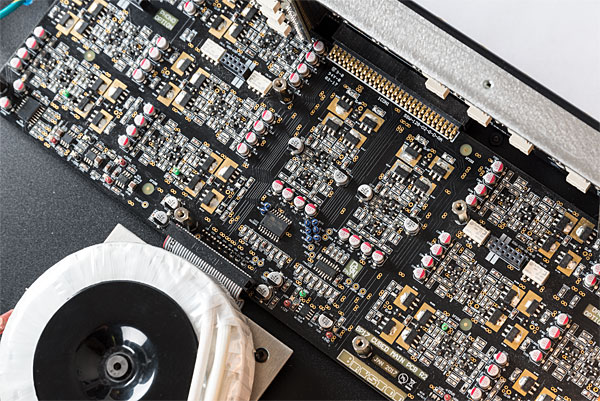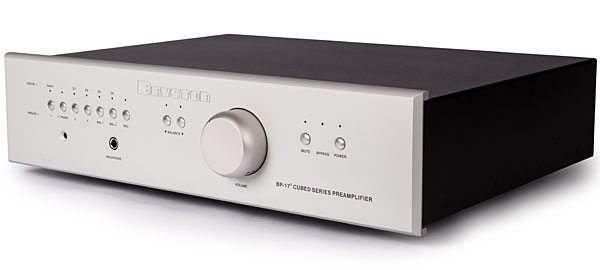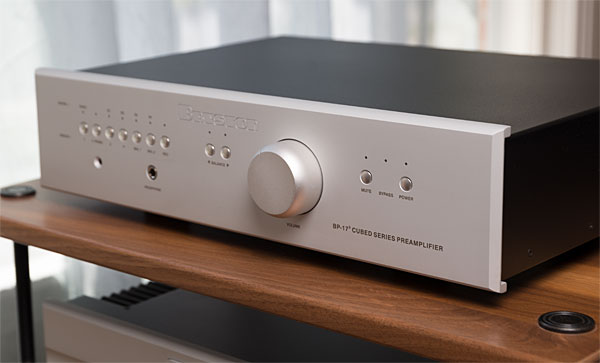| Columns Retired Columns & Blogs |
... "superbly well engineered" and "it is difficult to see how a preamplifier could perform any better on the test bench", is it sufficient to derive the full benefit of 24-bit hi-res recordings?
A noise and distortion level of 0.001%/-100dB is barely equivalent to 16-bit resolution. Even the -120dB level only equates to about 20-bit resolution. The LSB for 24-bit encoding is on the order of a level of 0.00001%/-140dB. Does any preamp come close(r) to achieving this level of performance?









































